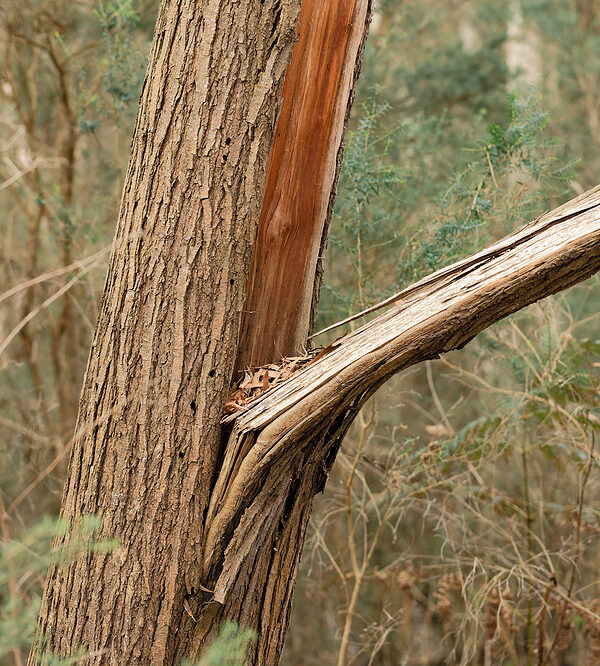In the grand tapestry of nature, trees stand as silent sentinels, contributing to the beauty, tranquility, and ecological balance of our environments. However, at times, these guardian giants may exhibit certain anomalies that cause concern, one of the most noticeable being bark splitting. This phenomenon can raise alarm bells among tree owners and nature enthusiasts alike.
In this blog post, we’ll delve into the causes of bark splitting in trees, shedding light on this common yet perplexing issue. By understanding what causes trees to undergo such damage, we can better appreciate their needs and contribute to their health and longevity.

Common Causes of Splitting Tree Bark
When it comes to bark splitting, there are a few key culprits behind this phenomenon. The most common cause is weather-related damage. Freezing and thawing cycles, drought conditions, and extreme temperatures can all lead to bark splitting in trees. Additionally, insect or animal damage can also be a factor. For example, rodents may gnaw on the bark or eat away at the cambium layer, leading to splitting. Another source of damage can be linked to deer tampering or even fungal infections like Cystophora canker, which can cause bark splitting and other irregularities in some tree varieties.
Prevention and Treatment for Splitting Tree Bark
Fortunately, there are steps we can take to protect trees from tree bark damages. One key element is proper care and maintenance, which includes providing adequate water and nutrition. During extreme weather conditions, winterizing your trees can be beneficial in preventing dividing or other types of damage. Additionally, if you notice any signs of insect infestation or fungal infection, contact an arborist to assess the situation and determine the best course of action for treatment.
Finally, it’s important to practice safe pruning and trimming habits. To reduce stress on trees, prune them in the winter season when they are dormant. Furthermore, take care not to remove excessive amounts of bark as it can weaken the tree and lead to further separating. By being aware of what causes bark splitting in trees and taking the necessary steps, we can help these majestic beings stay strong and healthy for many years to come.
Working with an Arborist for Tree Care
When dealing with trees, it’s a good idea to work with an arborist rather than a typical tree trimming or tree removal service. An arborist is trained in recognizing signs of poor health or damage and can provide valuable insight into the best care for your trees. They can also offer tree pruning, fertilization, and other services to ensure your trees remain healthy throughout their life cycle.
In Conclusion
In conclusion, bark splitting is a common phenomenon that tends to cause concern among tree owners. Knowing what causes this issue and taking preventative steps as well as being aware of the best care practices for trees are important components of keeping them healthy and strong. With proper maintenance, you can look forward to enjoying your tree’s beauty and vital contribution to nature for many years to come. If you need assistance in caring for your trees or have any questions about this topic, do not hesitate to contact a certified arborist for help. They can provide you with the knowledge and resources to ensure your trees stay in good shape for years to come!
By taking a proactive approach to tree care, you’ll be able to identify signs of poor health or damage early on and take steps to remedy them before they become too severe. Contact Complete Tree Care at 317-783-2518 to get advice from a certified arborist in Indianapolis, Indiana. We serve residential and commercial clients with comprehensive tree care solutions.
Related Posts:
10 Ways to Protect Your Trees from Bark Problems
4 Topsoil Problems That Can Negatively Affect Tree Health
Common Diseases Affecting Trees in Indiana and How to Treat Them
